Description
This book contains detailed description of solid, liquid, gaseous fuels, combustion and furnaces. Beside short questions and answers and multiple choice questions & answers and multiple choice questions; answers drawn from the examination papers of various engineering Colleges and professional bodies examinations are also included.
The book will be useful for degree & diploma curriculum of various branches of Engineering and for various associate membership examinations conducted by professional bodies like Institution of Engineers (AMIE), Indian Institute of Metals(AMIIM), Indian Institute of Chemical Engineers(AMIICHE), Institute of Chemicals etc.
Table of Contents
Chapter 1: Introduction and Classification of Fuels.
Chapter 2: Definitions & units Conversions Related to Fuel Technology.
Chapter 3: Wood, Charcoal and Peat.
Chapter 4: Origin, Composition, Characteristics, and Significance of Constitution of Coal.
Chapter 5: Petrography of Coal.
Chapter 6: Washing of Coal.
Chapter 7: The Storage of Coal-Oxidation & Spontaneous Combustion.
Chapter 8: Pulverised Fuel/Coal.
Chapter 9: Usage of Coal.
Chapter 10: Comparative Study of Solid, Liquid and Gaseous Fuel.
Chapter 11: Selection of Coal for Various Uses.
Chapter 12: Mineral Matters in Coal-Ash and Clinker Formation.
Chapter 13: Properties and Testing of Coal.
Chapter 14: Classification of Coal.
Chapter 15: Carbonization of Coal-Coke Making and By-Products Recovery.
Chapter 16: Characteristics and Distribution of Indian Coal.
Chapter 17: Origin, Composition, & Classification of Petroleum-Indian Crude Oil.
Chapter 18: Crude of Distillation.
Chapter 19: Thermal and Catalytic Cracking.
Chapter 20: Thermal and Catalytic Reforming.
Chapter 21: Polymerization, Alkylation and Isomerization.
Chapter 22: Purification of Petroleum Products.
Chapter 23: Properties of Petroleum Products.
Chapter 24: Coal Tar Fuels (C.T.F).
Chapter 25: Requisite of Good Quality Gasoline, Diesel, Fuel Oil and Other Petroleum Products.
Chapter 26: Liquid Fuels from Coal by its Hydrogenation and Liquefaction.
Chapter 27: Other Liquid Fuels-Benzol, Shale Oil, Alcohol and Colloidal Fuels.
Chapter 28: Storage and Handling of Liquid Fuels/Fuel Oils.
Chapter 29: Methane, Wood Gas, Gobar Gas, Sewage Gas and Gas from Underground . Gasification of Coal.
Chapter 30: Natural Gas, Liquified Petroleum Gas(LPG) and Refinery Gases.
Chapter 31: Producer Gas and Water Gas.
Chapter 32: Blast Furnace Gas, Coke Oven Gas and L.D Converter Gas-Steel Plant Fuels.
Chapter 33: Coal Gas from Coal Gasification Processes.
Chapter 34: Oil Gas from Oil Gasification Processes.
Chapter 35: General Principles of Combustion.
Chapter 36: Types of Combustion Processes.
Chapter 37: Combustion of Solid Fuels Grate Firing and Pulverised Fuel Firing System.
Chapter 38: Burners for Liquid and Gaseous Fuels Combustion.
Chapter 39: Combustion Calculations.
Chapter 40: Gas Analysis & Calorific Value Determination.
Chapter 41: Fluidised Bed Combustion.
Chapter 42: Introduction of Furnaces.
Chapter 43: Waste Heat Recovery and Fuel Economy in Furnaces.
Chapter 44: Control of Furnace Atmosphere.
Chapter 45: Classification of Furnaces.
Chapter 46: Fuels & Furnaces in Steel Plants.
Chapter 47: Furnace Heat Balance Calculations.
Chapter 48: Briquetting of Solid Fuels/Coal.
Chapter 49: Gas Cleaning and Purification.
Chapter 50: Rocket Fuels.
Chapter 51: Thermal Insulation.
Chapter 52: Properties and Efficient Utilization of Steam.
Chapter 53: Electric Furnaces.
Chapter 54: Refractories.
Chapter 55: Appendix-A: Technical Data on Fuels.
Chapter 56: Appendix-B: Short Questions and Answers on Fuel Technology.
Chapter 57: Appendix-C: Multi-Choice Questions and Answers Fuel and Combustion Technology.
Chapter 1: Appendix-D: Glossary of terms related to Fuels and Combustion Technology.



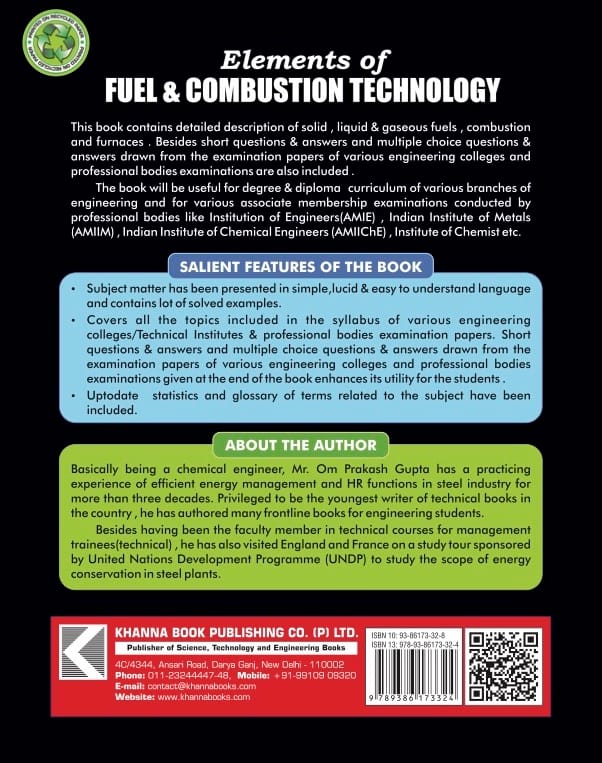





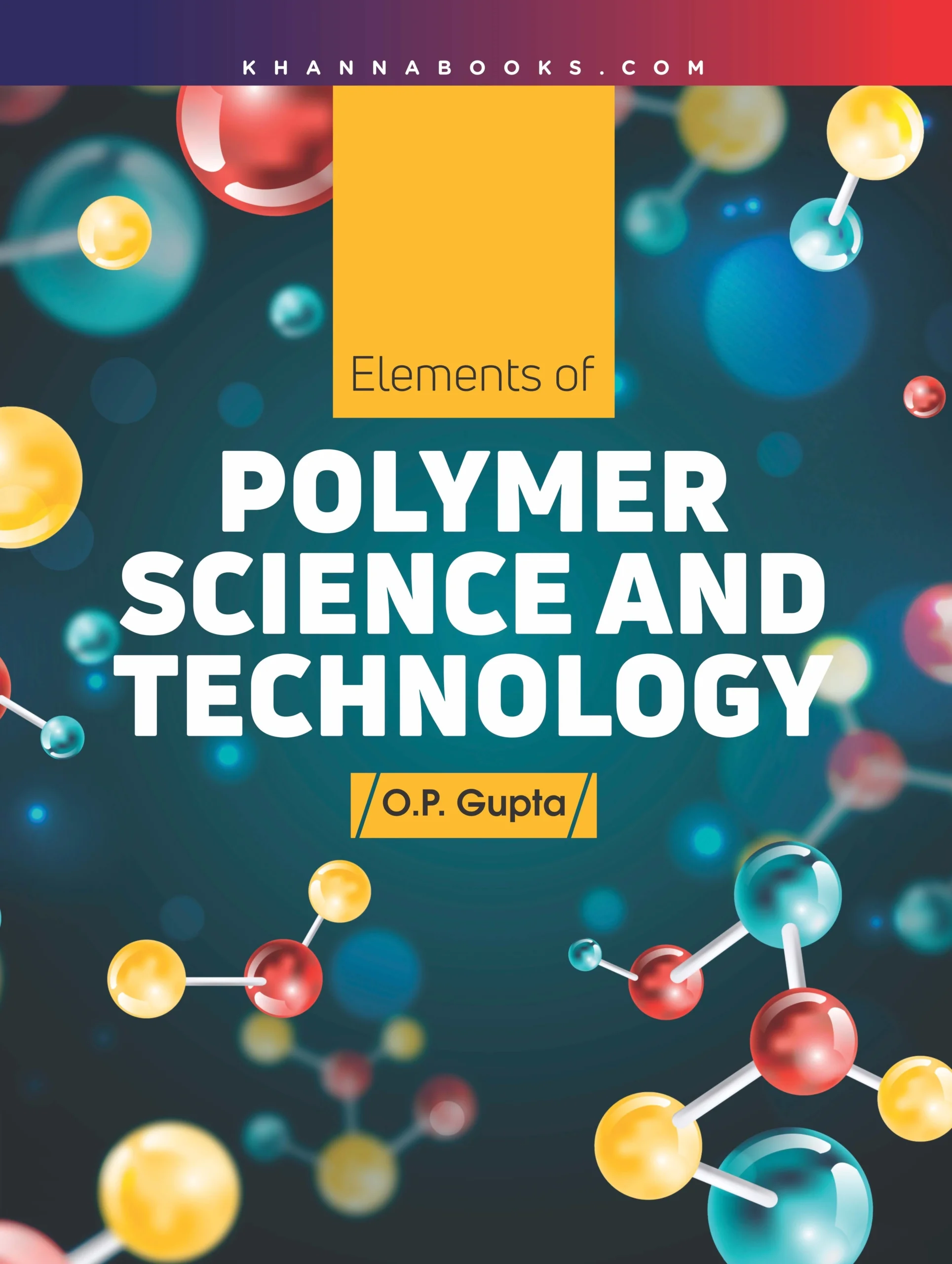
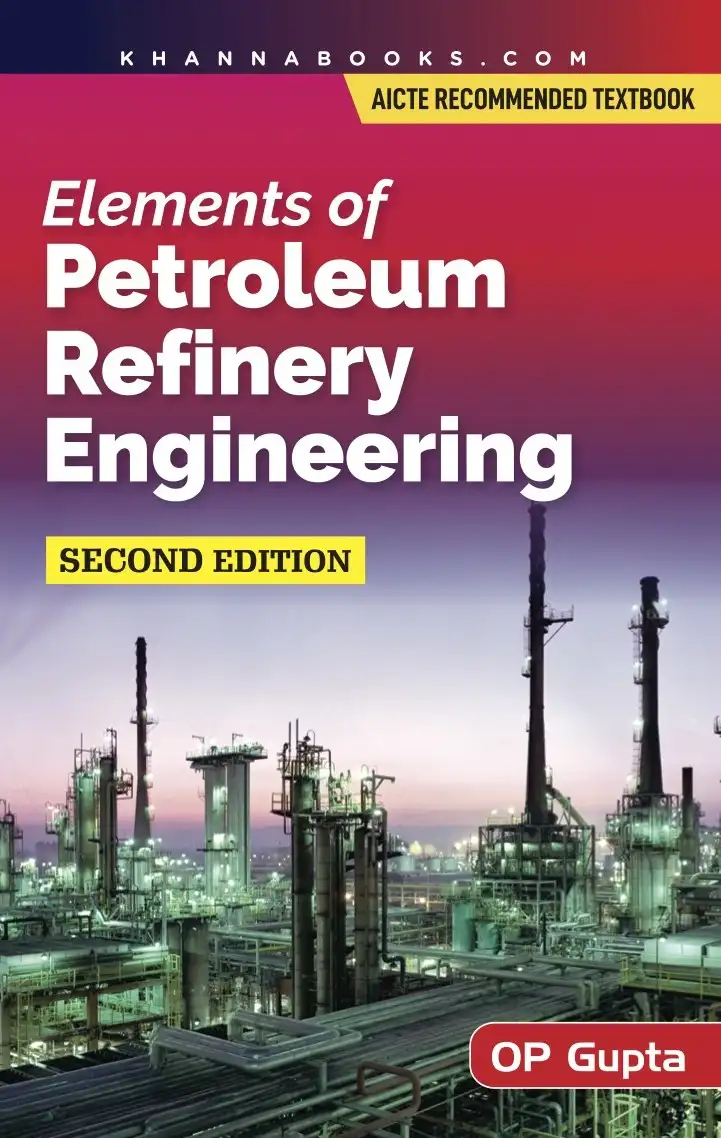




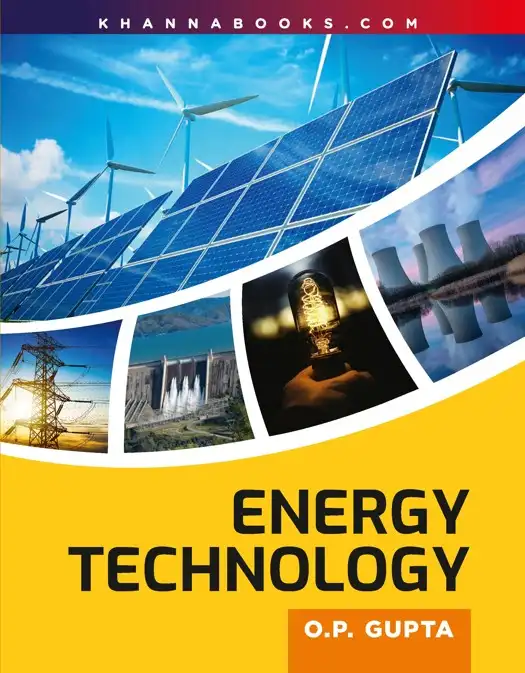

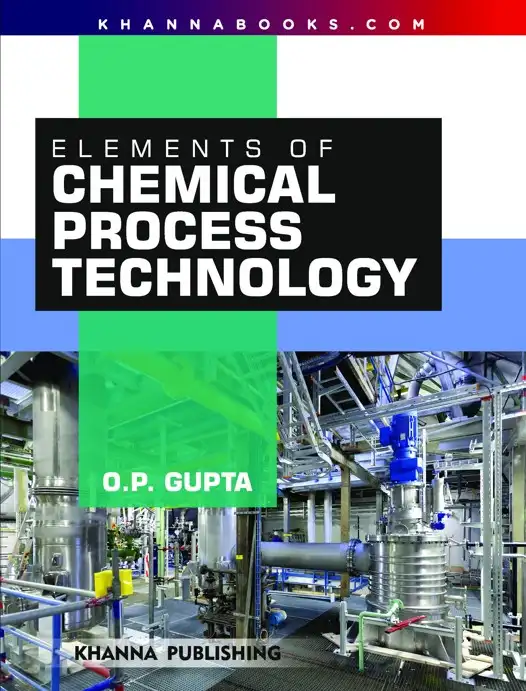

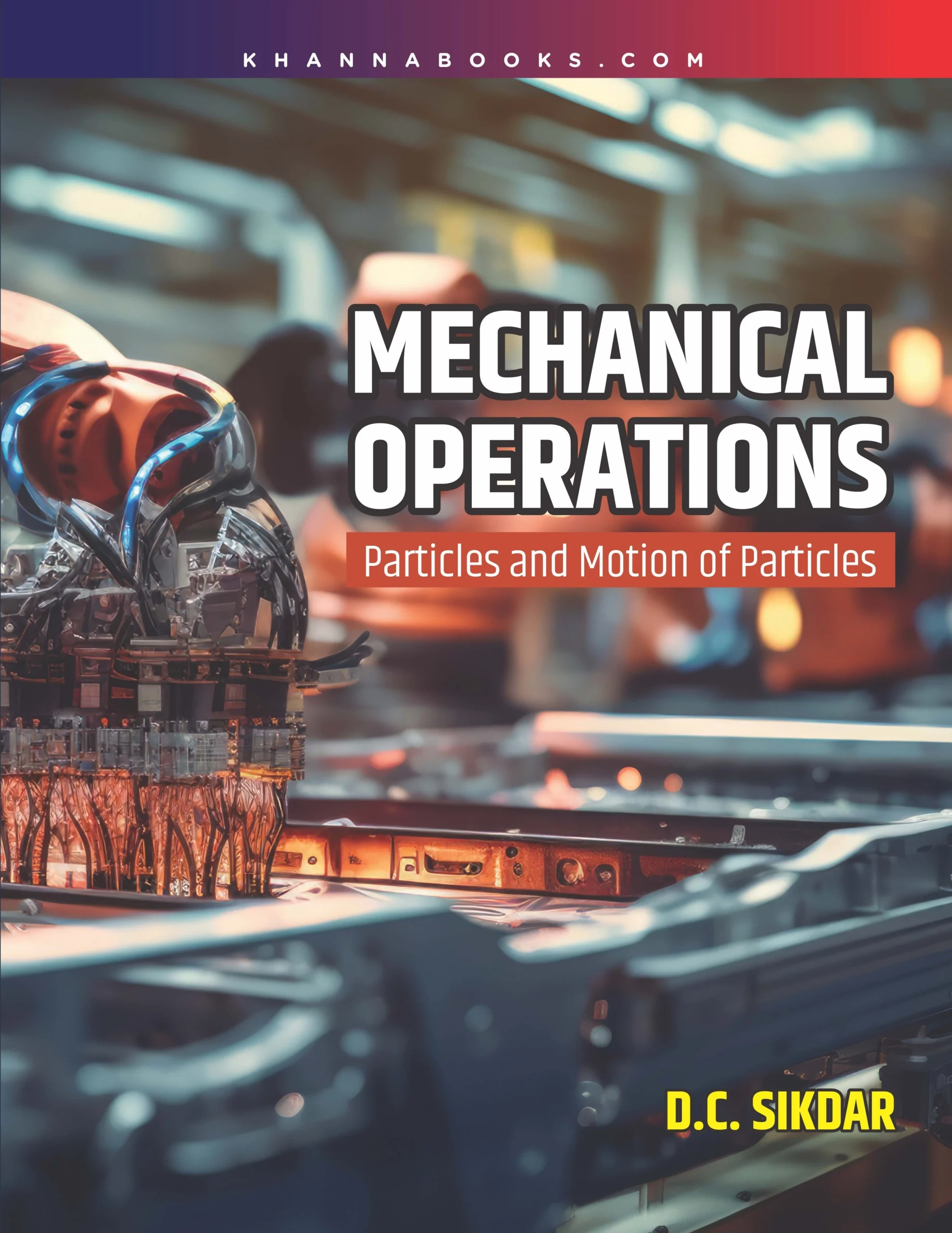
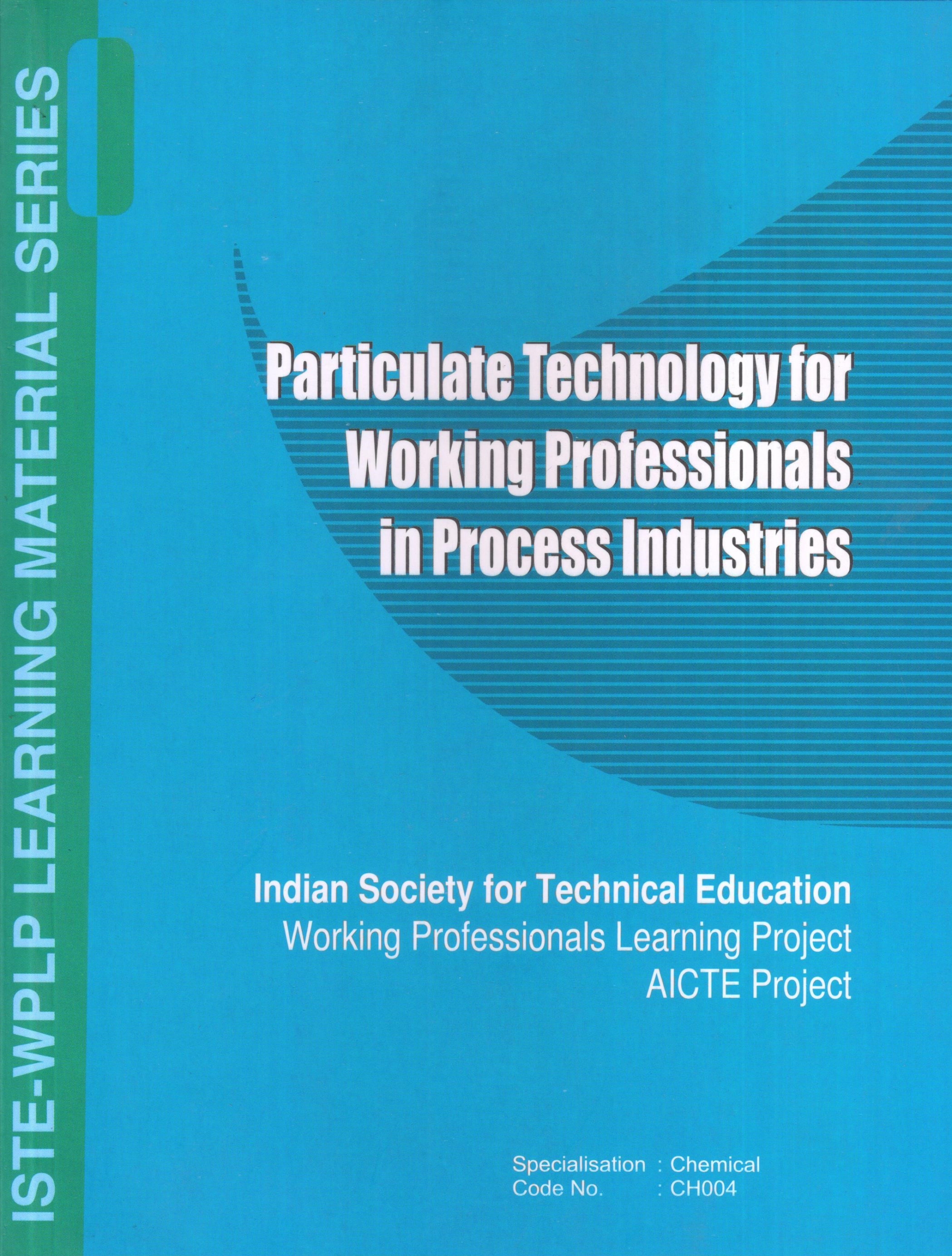
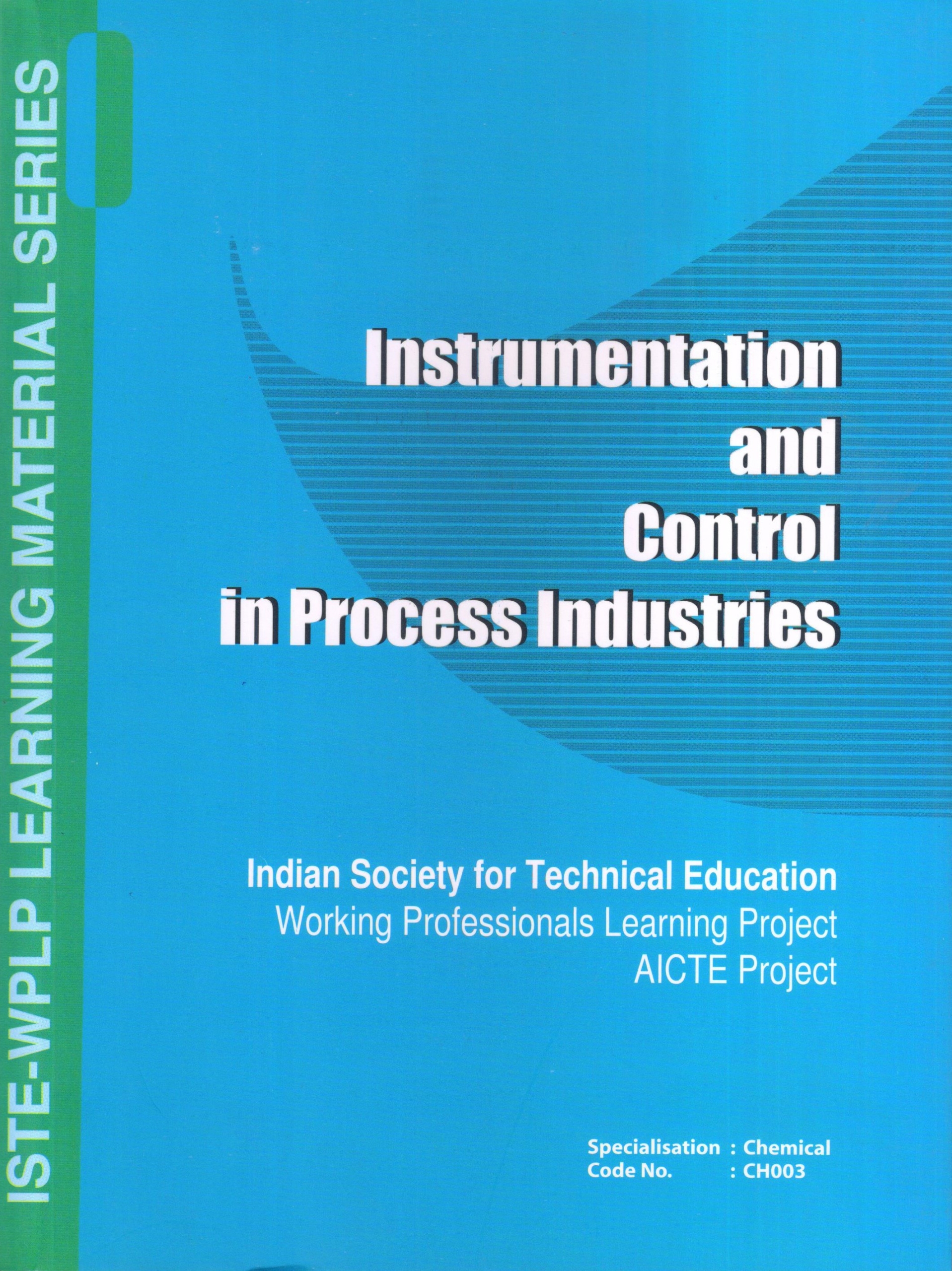
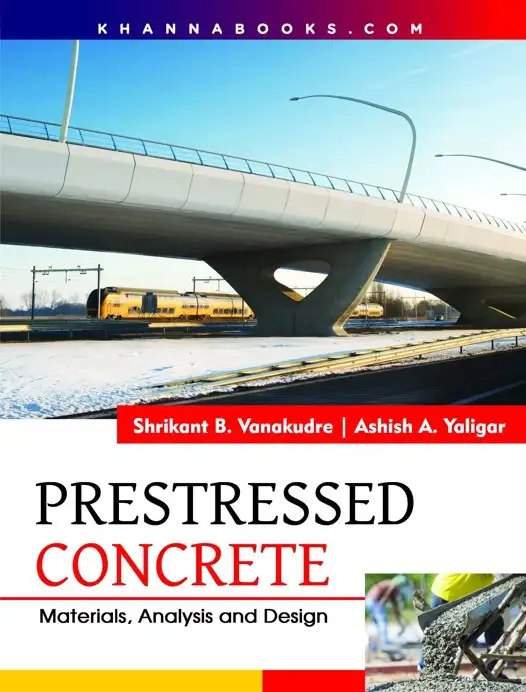
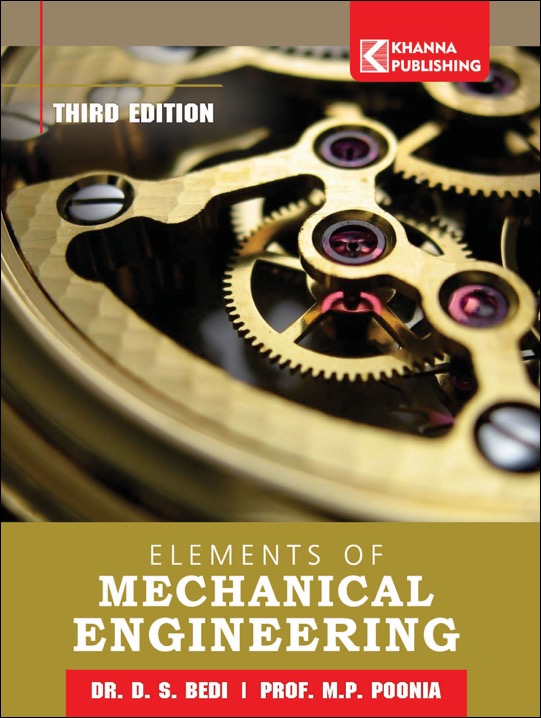




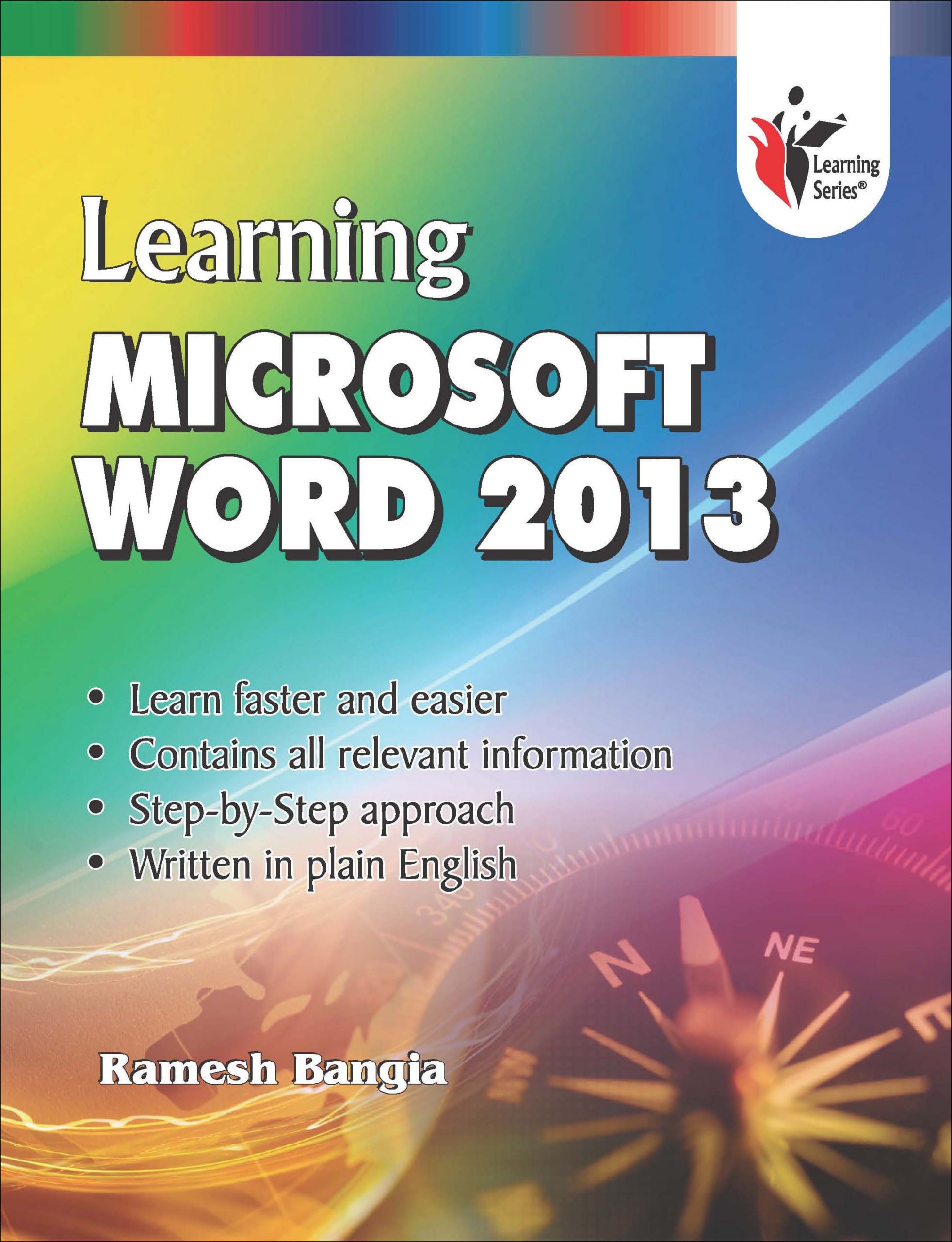
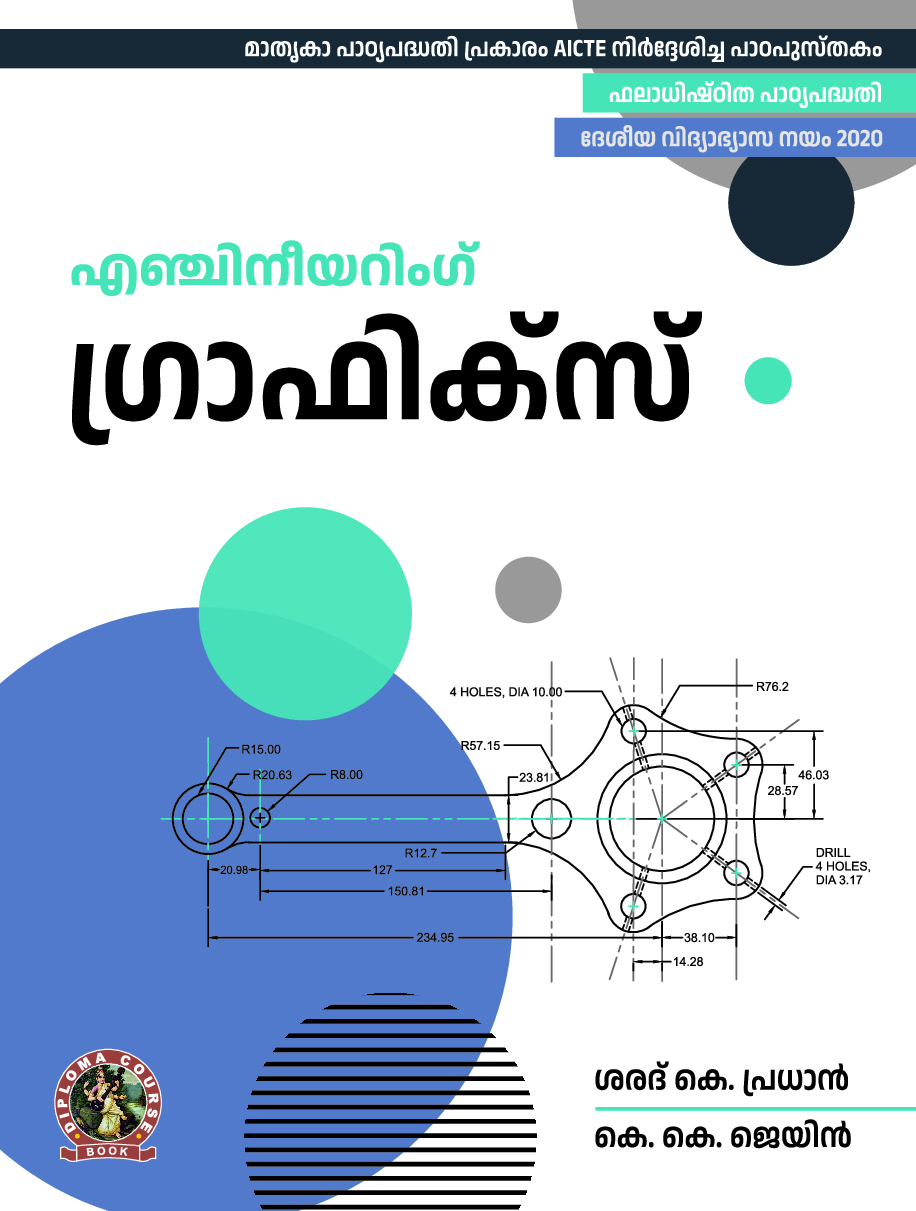
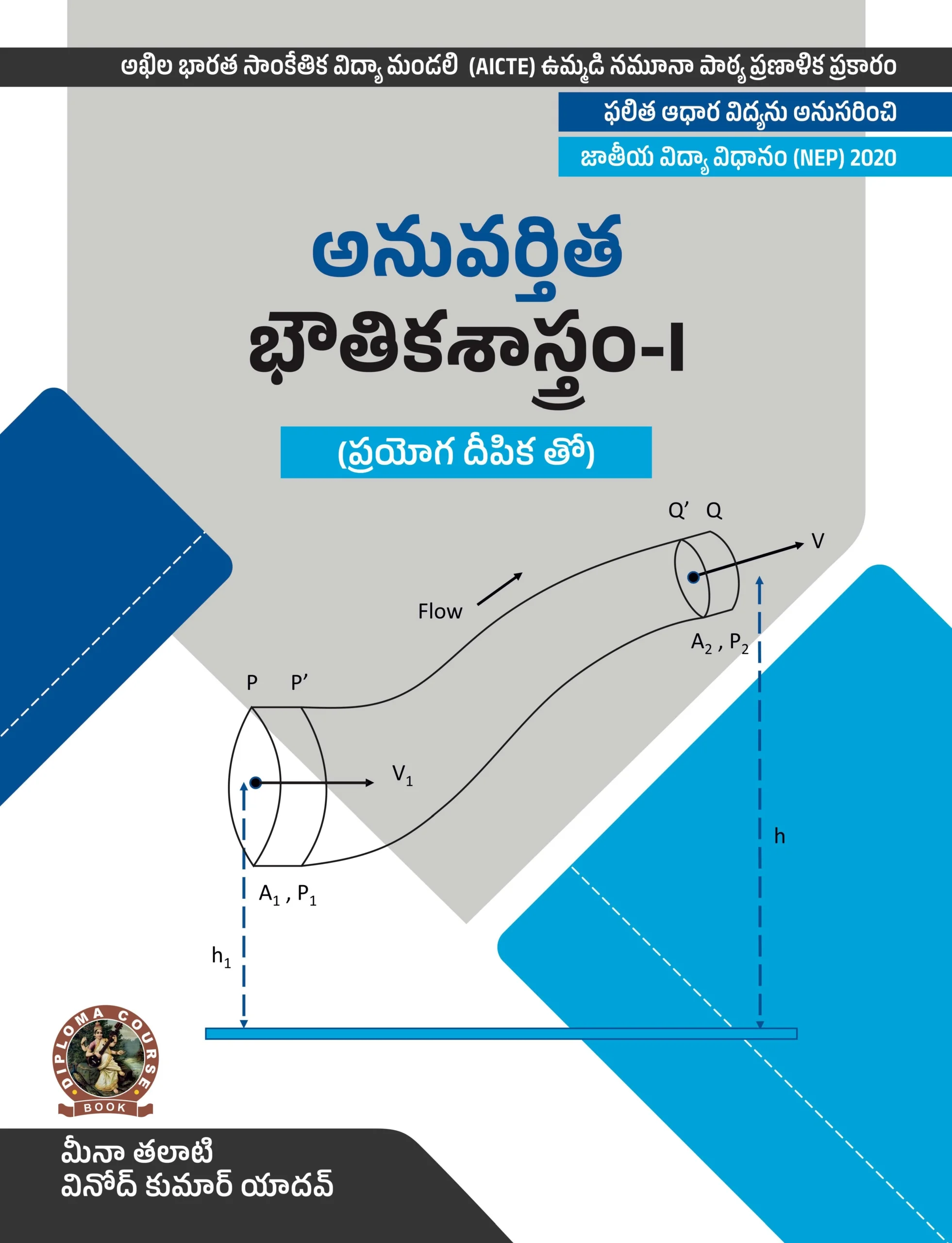

Reviews
There are no reviews yet.